A few weeks ago I visited Austin, Texas to participate in the SXSW Eco conference. Staying across the street from Austin’s large and beautiful convention center, I was astonished to discover a green ravine immediately adjacent to the mammoth building, at the bottom of which was a slow moving creek full of small fish and a large turtle sunning on a rock. I soon learned that this was Waller Creek, a relatively short urban stream in a very highly developed area. I also learned that the stream is currently the focus of an ambitious public-private partnership to restore the stream and connect its banks with neighboring parks, creating both a recreational amenity and an ecological improvement.
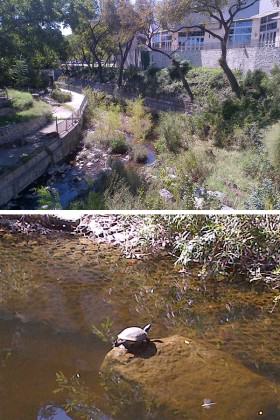
Across the United States and around the world, urban rivers have been the focus of major clean-up and restoration efforts over the last century, going from places to conduct business and dump refuse and pollution, to waterfront parks and residences. More recently, the smaller creeks and streams that function as tributaries to those rivers have been the focus of restoration and even rediscovery, as cities “daylight” streams that have been covered for decades.
While there is no denying that the restored and rediscovered streams have led to more attractive and literally greener urban environments, and possibly increased real estate values, the jury is still out on the ecological value of these often extensive and expensive projects. With much of the work either still quite new or ongoing, and only a few scientific studies conducted, we would be well advised to document the effects of these efforts even as we continue them.
Urban stream restoration has been in practice for approximately three decades, with early efforts in the Chesapeake Bay watershed and in California, and in the last few decades they have spread to cities that include New York City and nearby suburbs, Boston, Los Angeles, Kalamazoo, San Luis Obispo and others. Currently major stream restoration projects are underway or planned for Austin, Atlanta, and many other cities.
There are two major trends in urban stream restoration—one is a more naturalistic restoration of an existing degraded stream, the other is the daylighting of a stream or small river that has been covered over. Perhaps the best known example of daylighting a “forgotten” stream is in Seoul, South Korea, where the Cheonggyecheon stream—once pristine but by the 20th century an open sewer—was buried under layers of highways and other urban systems for decades. The city peeled away the layers of roadways, exposing and restoring the stream bed and making it the centerpiece of a newly enlivened neighborhood, where children play in the clean waters (fed by a mechanical system) and where plant, insect, bird and fish species proliferate, despite the extensive engineering.
While technically a river (and the only fresh water river in New York City), the Bronx River is only a few feet wide in many places, and it had an equally notorious recent history, befouled by raw sewage and chemical waste by all the communities that adjoined its 23-mile length. It was also a favored dumping ground for abandoned and stolen cars, tires, household appliances, and all other forms of rubbish. A partnership between neighborhood groups—particularly those advocating for environmental justice, the NYC Parks & Recreation Department, and local elected officials, especially Congressman José Serrano— has led to a two-decade-long restoration, managed for the last decade by the non-profit Bronx River Alliance working with the City. Now local youth groups paddle its newly clean waters in canoes and hand-made row boats, a fish ladder will soon be built to allow reintroduced alewife herring to swim upstream, and at least two beaver have returned to the area after their species was exterminated locally by trappers.
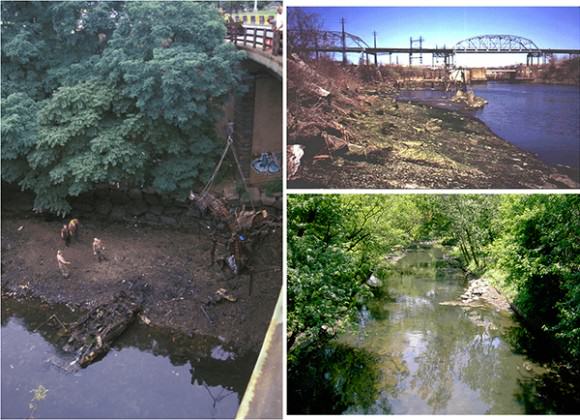
Other creeks in New York City that once fed the salt marshes that used to define the coastline were boxed in for commerce and turned into “canals” and polluted by local industries, dumped on and despoiled. Now these creeks are being restored, ranging from the ambitious plans for the Gowanus Canal (both a Superfund clean-up and the use of innovative designs to capture stormwater runoff) and Newtown Creek (also a Federal Superfund site), to the beautifully restored wetlands of Gerritsen Creek on Jamaica Bay.
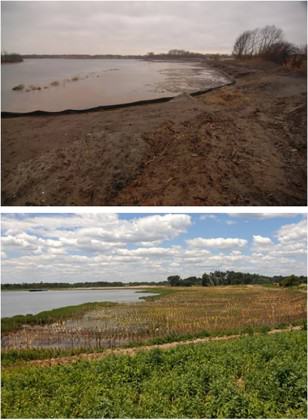
A dramatic example of daylighting a buried stream can be found in Yonkers, NY. The Saw Mill River (also known as the Saw Mill Creek) long ago the home of the eponymous saw mill that used hydropower to cut timber into boards, was covered over by the City of Yonkers and encased in a 10-by-20-foot steel and concrete flume to hide the dirty and smelly waters that flowed through the heart of the city. Recently the city celebrated the completion of the first phase of daylighting of the Saw Mill, which did not demolish the c. 1925 flume but instead diverted water from it into a new river bed that now flows through the heart of the city where a parking lot once covered the river. Upriver, a fish ladder allows eels to migrate upstream, though officials are trying to figure out how they can get back down without being trapped in nets installed to capture floating debris.
One of the earliest stream restoration projects was in Kalamazoo, Michigan, where beginning in 1986 a 1/3–mile stretch of the formerly covered over Arcadia Creek was daylighted to help address stormwater runoff problems and reinvigorate a downtown business district, at a cost of $18 million. In San Luis Obispo, CA, a much less expensive project that involved local business owners fended off a proposed covering over of the creek. As described in the excellent report “Daylighting and Restoring Streams in Rural Community City Centers: Case Studies” by Paul Hoobyar of the National Park Service:
The community eventually gained consensus on a design for the creek’s restoration. The agreed-upon design called for widening the creek’s floodplain and re-contouring the streambanks. The design also incorporated building terraced stone walls to prevent bank scouring during high winter flows. The City Council adopted the restoration design, as well as a flood management policy that was atypical for cities at that time. The city policy avoided creating the usual concrete-lined, trapezoidal channels that many communities were adopting for flood control…the City began developing a program designed to protect the creek while reducing the risk of flooding.
As climate change and related severe weather and flooding become issues confronting public officials, even as cities seek to make their cities more attractive and with higher ecological functions, three major projects are at various stages of development in three American cities. In Boston, the Muddy River Restoration Project is a massive, multi-pronged, multi-year initiative for a 3.5-mile section of the river to improve flood control, and water quality, enhance the aquatic/riparian habitat, rehabilitate the landscape and historic resources, and implement Best Management Practices. Among the many goals of the project are the reduction of sedimentation from local sources and the use of underground particle separators to remove sediment, along with the removal of invasive plants and their replacement with “a diverse cross section of plantings including emergent wetland species, low and high shrubs, and trees.”
In Austin, the Waller Creek Conservancy is partnering with the City on a plan to restore the 1.5-mile creek that runs from the north end of the University of Texas campus into the Lady Bird Lake (a dammed section of the Colorado River). The Conservancy recently ran an international design competition, eventually selecting the Brooklyn, NY-based firm Michael van Valkenburgh Associates to develop a master plan to restore the degraded creek and connect three parks along the Creek into a riparian greenway. The city is also just completing a massive project to capture storm water runoff in an adjacent pipe, to help avert some of the disastrous flooding that can come from sudden and torrential downpours. (Two days after I left Austin, which was bone dry at the time, 13 inches of rain fell there in just a few hours, flooding many portions of the city.) Waller Creek, along with its neighbors Shoal Creek and Barton Creek, must also play roles in natural flood prevention, and they need to be able to sustain both drought and sudden, intense storms.
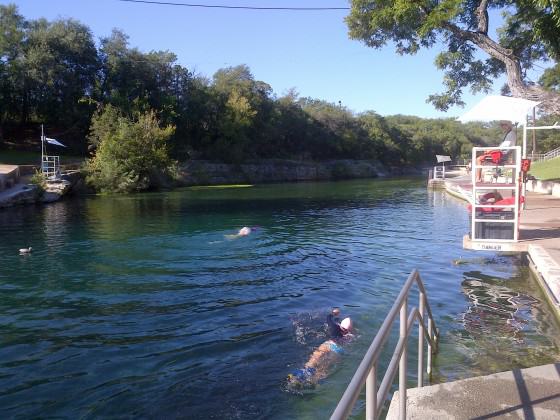
Even tiny creeks can get a lot of attention, as is the case with Proctor Creek in Atlanta. Unknown to most local residents, Proctor Creek runs from near the Georgia Tech campus into the Chattahoochee River. Though diminutive, the stream is responsible for 42 percent of the pollutants from the City of Atlanta that enter the Chattahoochee. The Proctor Creek Watershed was recently named one of 11 newly selected Urban Waters Federal Partnership locations, with five “champion” federal agencies and five additional federal agencies working to help the state and city improve many overlapping environmental and public health issues, including illegal dumping, brownfields, blighted sites, impaired water quality, pervasive flooding, and combined sewer overflows. The Trust for Public Land is one of the non-profit partners in this effort, and it will be supporting the creation of a mitigation bank, in which private sector partners will restore the banks of the creek, remove invasive species and contaminants, and restore the natural hydrologic functions, while creating a 7-mile accessible greenway trail along the banks of the creek.
With so many communities investing so much time, energy and money in urban stream restoration, what are the expected outcomes? While the field is still relatively young, a thorough study done by Kenneth B. Brown, an aquatic ecologist with The Center for Watershed Protection in Elliot City, Maryland evaluated 24 different types of stream restoration practices and included over 450 individual practice installations. There are both optimistic and less positive results. On the plus side, according to the study “overall, nearly 90% of the individual stream restoration practices assessed remained intact after an average of four years.” On a less positive note, habitat restoration was not as successful, with the study finding that “less than 60% of the practices fully achieved even limited objectives for habitat enhancement.”
Overall, it appears that cities should proceed with these ambitions plans, but we would all benefit from a much more widespread and detailed sharing of the best (and least) successful models, helping our cities to retain and improve our small but precious urban streams.
by Adrian Benepe
New York City


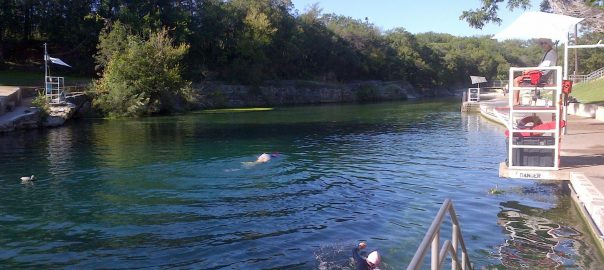
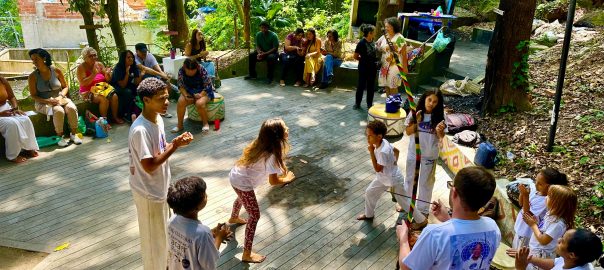
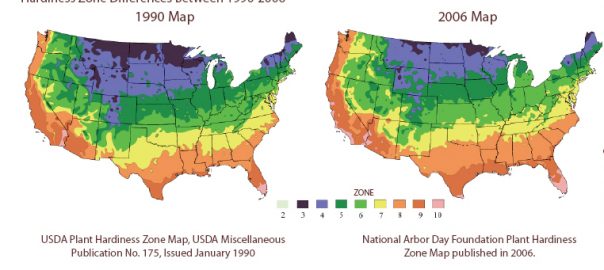
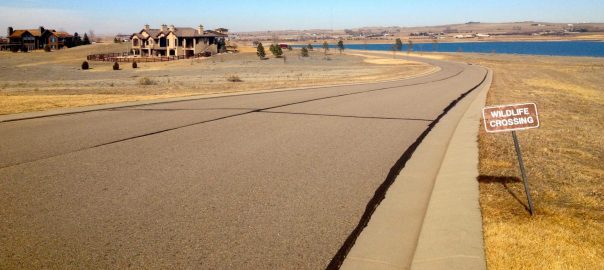
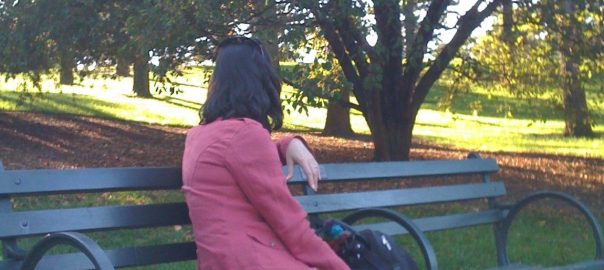
Leave a Reply